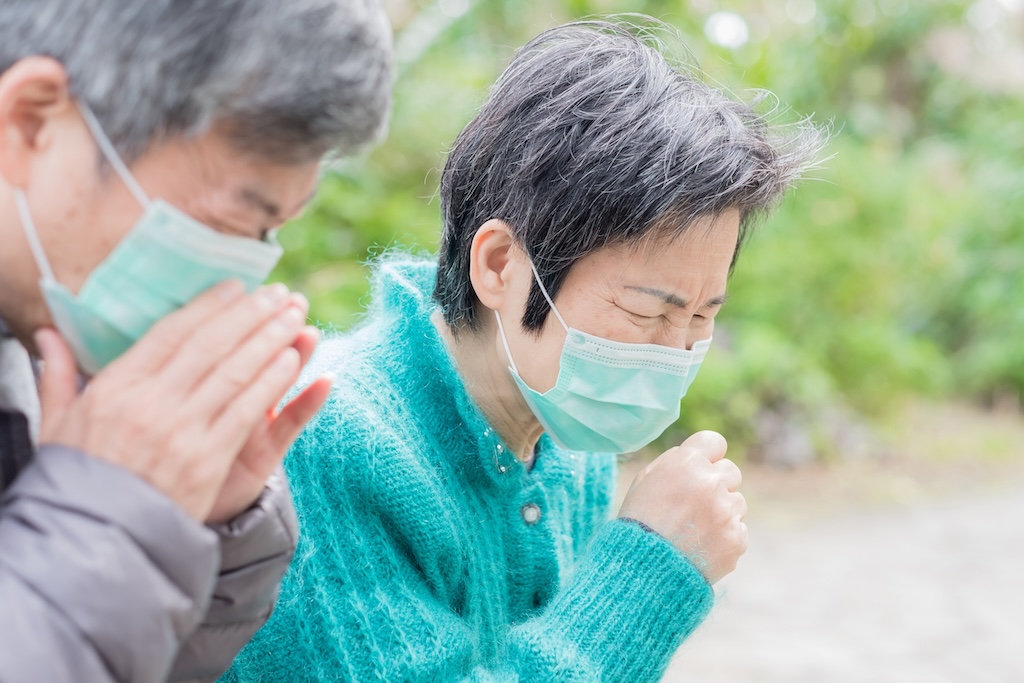Ways to fix an ageing voice

Published on
25 May 2015
Published by
The Straits Times
Presbyphonia, or an ageing voice, comes about when the vocal folds thin out, to the extent that they are unable to close strongly during speech.
This results in a weak, breathy voice, said Dr David Lau, a specialist ear, nose and throat surgeon at Gleneagles Medical Centre.
Add to that years of abusing the voice from talking too much, too loudly or too little, smoking or various health problems, and a person's voice quality can diminish – and along with it, one's quality of life.
Fortunately, it can be fixed.
Non-surgical treatment involves voice therapy, which utilises a variety of techniques to improve voicequality and symptoms, such as vocal strain and effort.
Research has shown that voice therapy can significantly improve one's voice quality as well as hisvoice-related quality of life, said Dr Han Hong Juan, a consultant at the department of otolaryngology and director of the Voice Clinic at Singapore General Hospital (SGH).
For instance, a programme called Phonation Resistance Training Exerciseaddresses complaints of reduced loudness and increased vocal fatigue.
It involves high-intensity vocal exercises – repeating different sounds loudly, to the point of muscle fatigue, said Ms Laura Chua, a speech therapist at SGH.
One will be asked to project different sounds, such as "aaa"; or common phrases such as "hey!" or "where are you?".
For a start, the patient does four exercises twice a day. Subsequently, for maintenance, the frequency can be lowered, said Ms Chua.
At SGH, patients typically undergo combined therapy to optimise voice quality and efficiency.
For example, he may be taught Phonation Resistance Training Exercise on top of other exercises, such as trills and hums.
Lip trills are like blowing lip bubbles or "blowing raspberries".
Little children often do this. They produce a motorboat or "brrr" sound.
Tongue trills are similar, but have a "rrr" sound, while hums are akin to humming a tune, usually with an "mmm" sound.
These exercises help to release unwanted tension in the larynx and engage one's breathing and voice.
They are excellent warm-ups and cool-downs for the voice, and are useful for many types of patients with voice disorders, said Ms Chua.
Another programme which has been shown to be beneficial involves vocal function exercises (VFE).
This is a sequence of voice exercises aimed at balancing and strengthening the laryngeal muscles.
Patients perform four exercises to warm up, stretch and strengthen the vocal folds and laryngeal system. They do this by making various vowel sounds, such as "eee" or "woo" and sustaining them for as long as possible.
When speech therapy fails or does not work well enough, one can turn to clinical procedures.
Doctors can inject fillers into the voice box to try and close the gap between the vocal cords when the person is speaking, said Dr Han.
Patients can also undergo surgery to have a permanent surgical implant fitted in the throat.
To date, about 80 per cent of his patients have reported good outcomes after these procedures.
However, more data is needed to assess the relative effectiveness of these two techniques, said Dr Han.
Source: The Straits Times © Singapore Press Holdings Limited. Reproduced with permission.
ALL views, content, information and/or materials expressed / presented by any third party apart from Council For Third Age, belong strictly to such third party. Any such third party views, content, information and/or materials provided herein are for convenience and/or general information purposes only. Council For Third Age shall not be responsible nor liable for any injury, loss or damage whatsoever arising directly or indirectly howsoever in connection with or as a result of any person accessing or acting on any such views, content, information and/or materials. Such third party views, content, information and/or materials do not imply and shall not be construed as a representation, warranty, endorsement and/or verification by Council For Third Age in respect of such views, content, information and/or materials.







